Taking pictures of flowers is relatively easy. Flowers don’t jump around, hide from the camera, or complain. However, just because flowers make willing subjects doesn’t mean taking pictures of them is without challenges, many of which involve lighting…
Flowers with strong colors look amazing back-lit. But flowers and harsh sunlight are not a good combination. Sunlight shining off of leaves and petals can obscure the details of a flower and cause problems with over exposure. These problem areas are often referred to as hot spots. The first rule of thumb is to avoid direct sunlight, and turn on your highlight warning!!
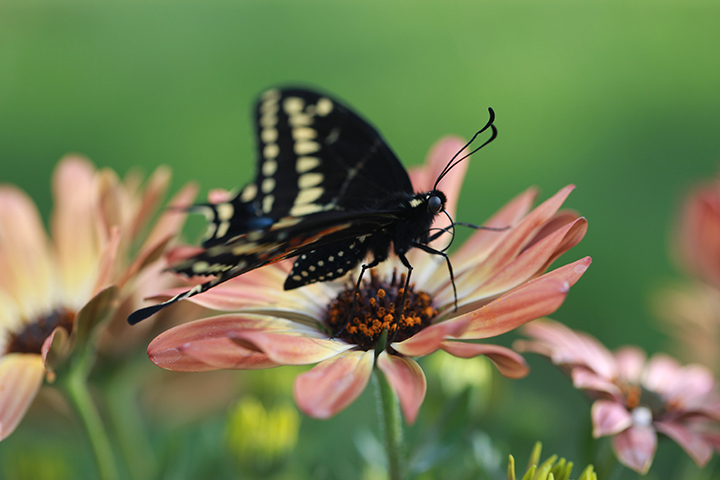
1 | Finding the Right Type of Light
Most flowers look great to the human eye when viewed in bright sunshine, but this is often not the case for flower photography. A forecast of wall-to-wall sunshine and cloudless blue skies isn’t ideal for flower photography. Direct sunlight can be harsh and unforgiving, resulting in images with too much contrast, burnt-out highlights, and loss of detail in shadow areas.
A bright but overcast day is much better – the light is soft, diffused, and much more flattering. The colors will be more attractive, bright, and well saturated. The softer, more diffused light lets the flower petals stand out and become the focus of the portrait. If you can’t avoid sunlight, opt for the warm light of early morning or evening, rather than the harsh light of noon.

A reflector is an inexpensive piece of equipment that can boost your flower photographs to the next level. When positioned close to an individual plant, it can be angled so that it directs light into the shadow areas, revealing more detail and reducing harsh contrast. It can also be used to shade plants from bright light, on those more sunny days.
Experiment with backlighting by placing the light source behind your subject. While some flower petals almost glow when backlit, others become translucent. Keep in mind that too much backlighting produces a glare that can ruin your photo. Backlighting is particularly effective when the subject is photographed against a dark/black background for added drama.
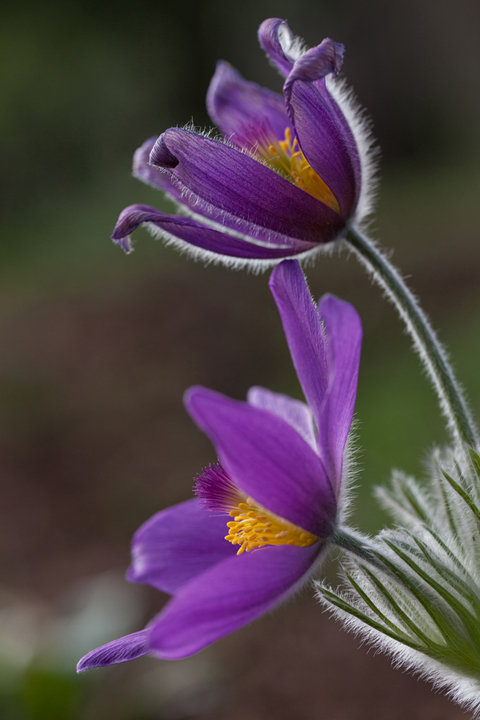
2 | Backgrounds and Bokeh
The background and subject are equally important for floral images. You want to avoid a cluttered background. Objects in the background can overwhelm flower pictures, especially those of individual blooms. The background you choose to photograph can either make or break the final image. A flower photographed with a soft, uncluttered background will stand out; a distracting, messy background will easily ruin what could have been a great shot.
There are several tricks to taking clean flower pictures. One is to use a wide aperture. I recommend using apertures of f/4 or smaller. Wider apertures produce images with blurry backgrounds (aka Bokeh). Flower photos taken in this manner can be extremely striking.
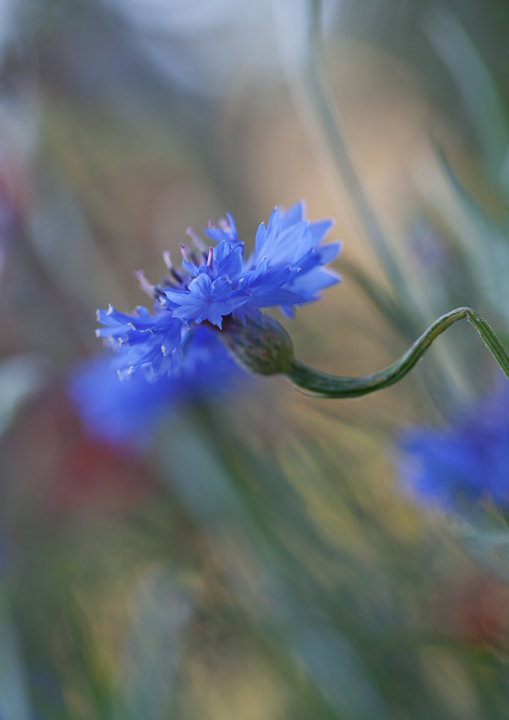
3 | It’s All in a Name
Flowers and plants in formal gardens are often accompanied by a label, which bears both their common and/or Latin names. If you want your images used in books or magazines these details are vital. It can be easy to think you’ll remember it but after a few more photos or a few days you’ll forget. It only takes a minute to write it down or photograph the label itself. If posting your images online, be sure to tag them to make them easier to find.
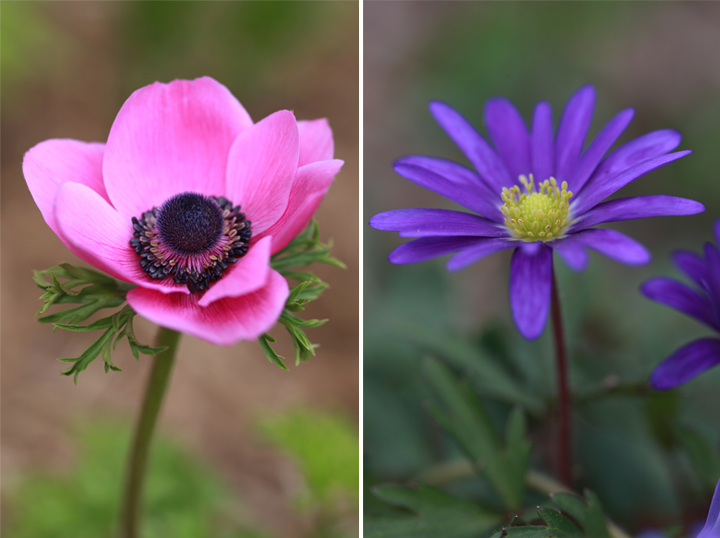
4 | The Tools of the Trade
When photographing plants, you need to prep your shot by removing distractions to improve the final shot. You will not be very popular if you start breaking plant stems or pulling flowers up. Twine can be used to hold plants out of a shot without damaging them. Tweezers can also be useful for removing small, distracting items from the subject or background. If you have a lighter color piece or mulch, light colored leaf or tree branch move it or turn it over. These colors will show up white in your final image. Sometimes just tucking a stem to the rear of the flower can drastically improve the overall shot. As you can see in this image there were a few limbs that reflected hot.
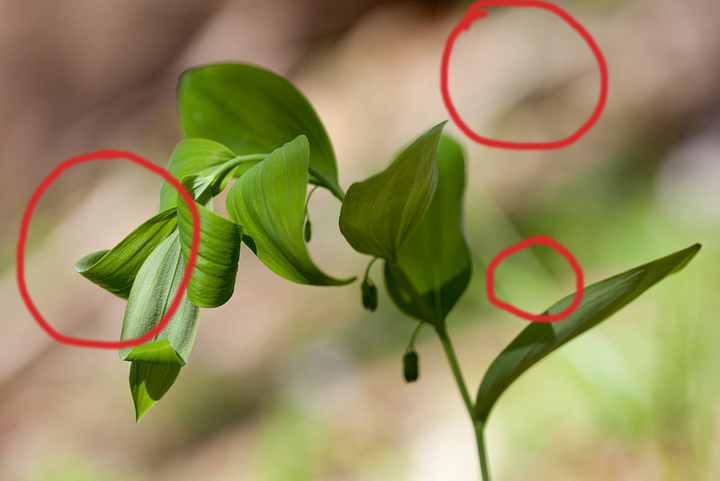
Do you love flower photography, too? Share your photographs with us! Leave a comment below with a link to one of your favorite flower photos so we can leave you some love.
Click here for part one in this series.

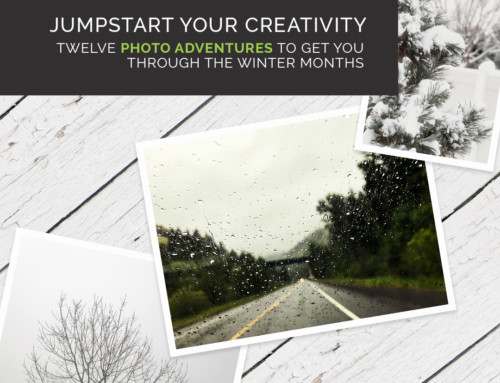
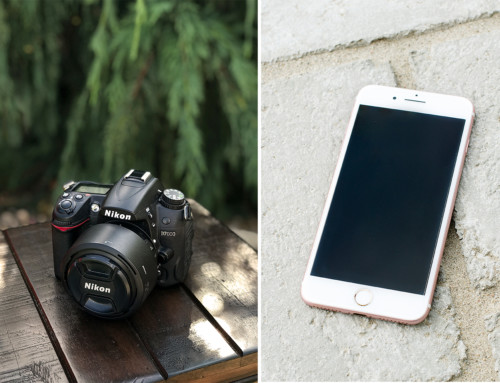


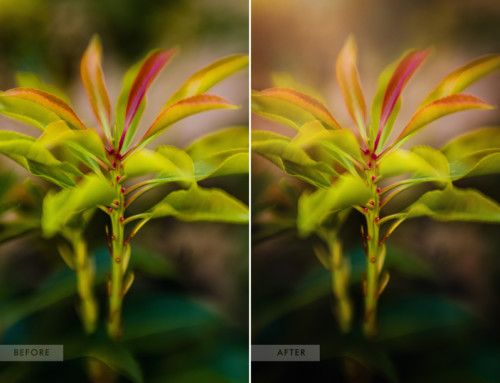

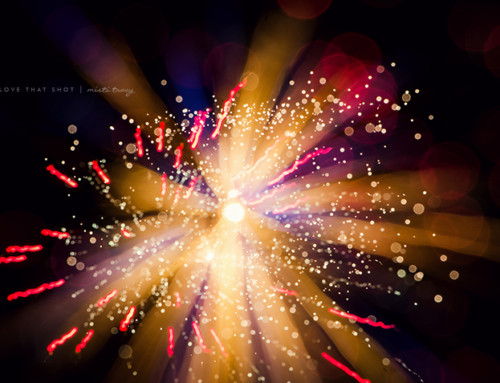
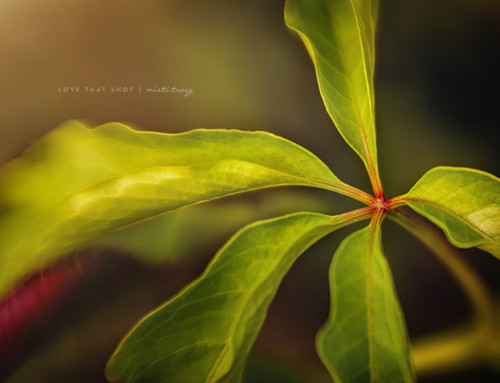
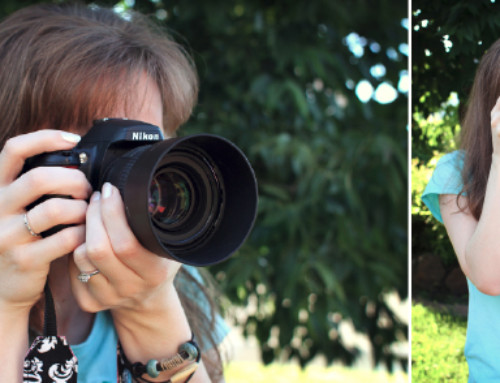
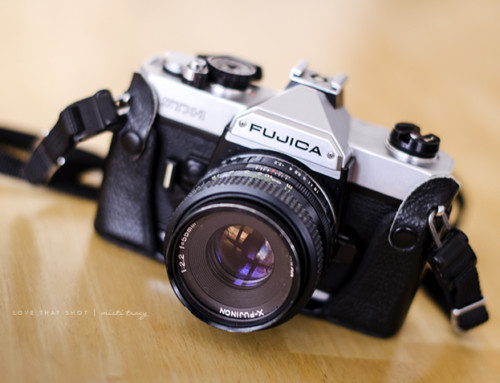
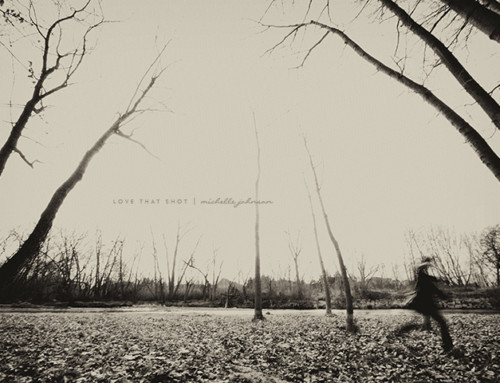

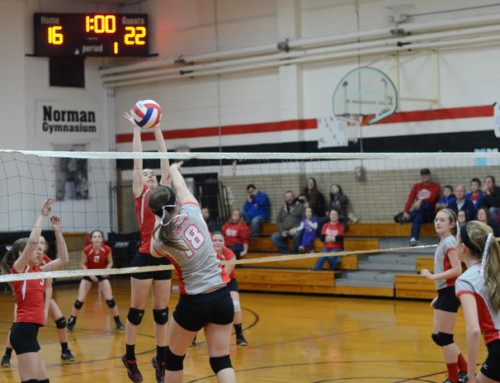
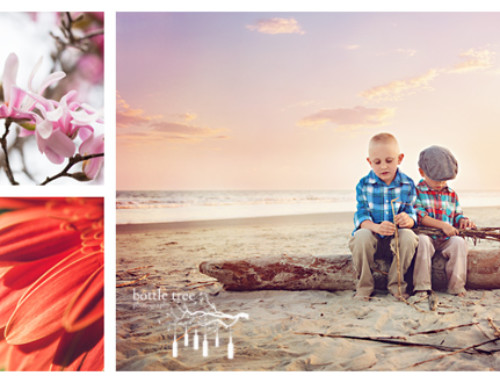
Awesome tips Connie, thank you.
Flower photography is my favorite photography. I spend hours planting and tending the plants and enjoy reaping the rewards with a great photo. I agree with every point you made. I’m always out in the early morning or late evening. I do, however, need to get my hands on a reflector which would come in handy. Thanks for the tips.
Hope you like this one.
https://farm4.staticflickr.com/3707/12223652224_81810b4acc_z.jpg
Thanks PJ and Marilyn for taking the time to read and comment on my article! Marilyn, lovely shot of the Agastache! Wish you lived closer to IN you good visit my backyard. It’s better than a trip to Disney world!
Thanks again both of you!!
Opps. I noticed a auto correct typo. :). Should of read – you could visit.
Connie, your photos of flowers are marvelous and so are your photography tips.
I sometimes use clothespins to help hold leaves/grass/branches out of my way when photographing. They are fast and easy and don’t hurt most of the plants. I found a wonderful reflector to carry around — a folding sliver car windshield shade, and it only cost me one dollar at the dollar store!
I find that I do like a bit of sunlight on my flowers and the brighter light helps me use a faster shutter speed when it is breezy. But I do like morning and evening sunlight the best.
Here is one of my flower photos on my Facebook page: Joni A Solis – https://www.facebook.com/photo.php?fbid=10201898747658981&set=a.1433650609918.2058776.1492519470&type=1&theater
Thank you for to reading my article and commenting! Thanks also for sharing your tips! I love the clothes pin idea!!
I looked at your rose image and “Love YOUR Shot”!!!! It’s totally beautiful!
(I sent you a friend request 🙂 ). I look forward to seeing more of your work. 🙂
Sometimes instead of a reflector I will use some fill-flash for my flower photos. I do use some flash exposure compensation to lessen the amount of flash for closeup work.
You have capture really fantastic photographs. Sunny days are good days for photographing flowers.